What is the tolerance range of precision screws?
What is the tolerance range of precision screws?
Service Hotline
+86760-8787 8587We have more than ten years of production experience in the screw industry, the main products are: step nut, blackened screw, 12.9 cylinder head screw, rolled ball screw shaft, cassette nut, GB873 hollow core nail plate advertising display frame buckle rivet, hollow pin , Black 304 screws, Phillips flat head screws and bolts, teeth pure titanium screws, mechanical hand wheel inspection tools drying nets, fasteners GB810/GB812 round nuts, Zihuasi thickening, round head machine bolts, brass strut packs, etc. Due to the different materials and specifications of the products, the prices are also different, if necessary, please contact us.


Washers are common parts that are annular or annular after compression. The existing standard washers include flat washers, spring washers, serrated lock washers, saddle washers, etc. The end faces are mostly flat or flat after compression. , so it is in surface contact with the workpiece. Generally, after the two workpieces are locked by washers, bolts and nuts, the workpieces cannot move in any direction, so as to achieve the purpose of tightening the two workpieces. In actual production, some workpieces are still required to be properly translated in a certain direction after locking. In order to achieve this requirement, the usual practice is to open a waist-shaped hole on the workpiece that needs to be moved, and the zigzag-shaped bushing is fitted with a flat washer after passing through the waist-shaped hole, as shown in FIG. The edge of the hole is located in the space enclosed by the bushing and the flat washer, and a gap is formed between the workpiece and the bushing and the flat washer, so that even if the bolt passes through the flat washer, the bushing and the workpiece in turn, it is threaded and locked with the nut. tight, the workpiece can still translate along the length of its girdle hole. Obviously, this method can achieve the requirement of proper translation of the workpiece, but the following deficiencies can still be found in the actual assembly. First, before locking, the bushing, washer and workpiece are separated from each other, so it is more inconvenient to assemble; secondly, the lining is The separation structure of the sleeve and the gasket is inconvenient to manage, and the disassembled gasket and bushing are easy to lose and affect the use again.
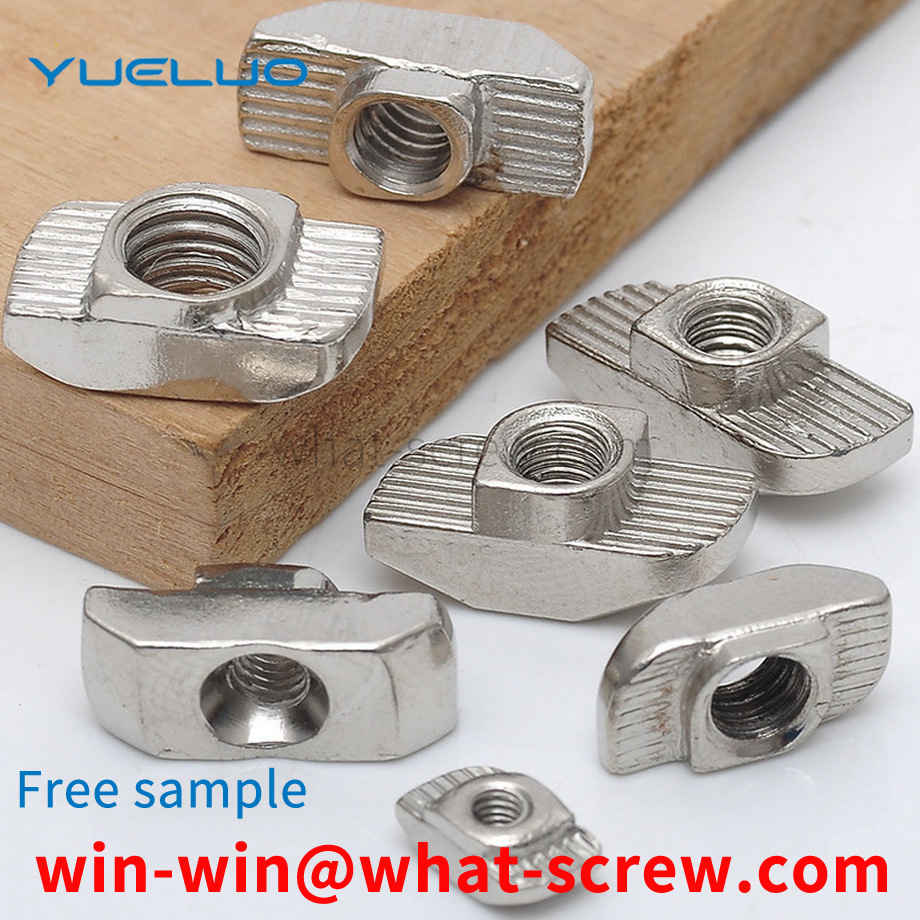
However, although the existing screws can meet the function of connecting and fastening objects, they are all pressed against the object by the head to achieve the purpose of pressing and fixing. However, due to the small size of the head, it is difficult to press the object firmly. , for this reason, only spacers can be added to increase the pressing area. However, in the assembly process, the gasket is prone to slip off, and it needs to be supported by hand, which brings inconvenience to installation and use; at the same time, sometimes the object to be pressed is only on one side of the screw, and the other side of the screw does not need to be pressed. This results in unnecessary waste of materials, and also occupies a certain space, which brings trouble to the installation of other components.
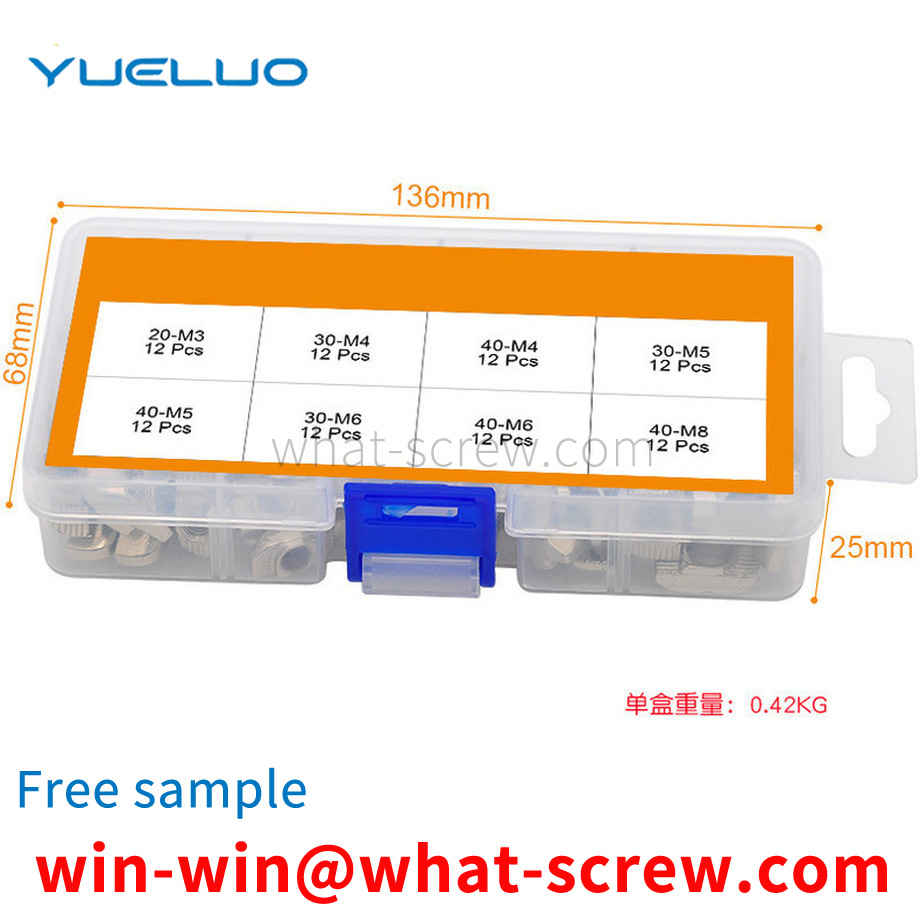
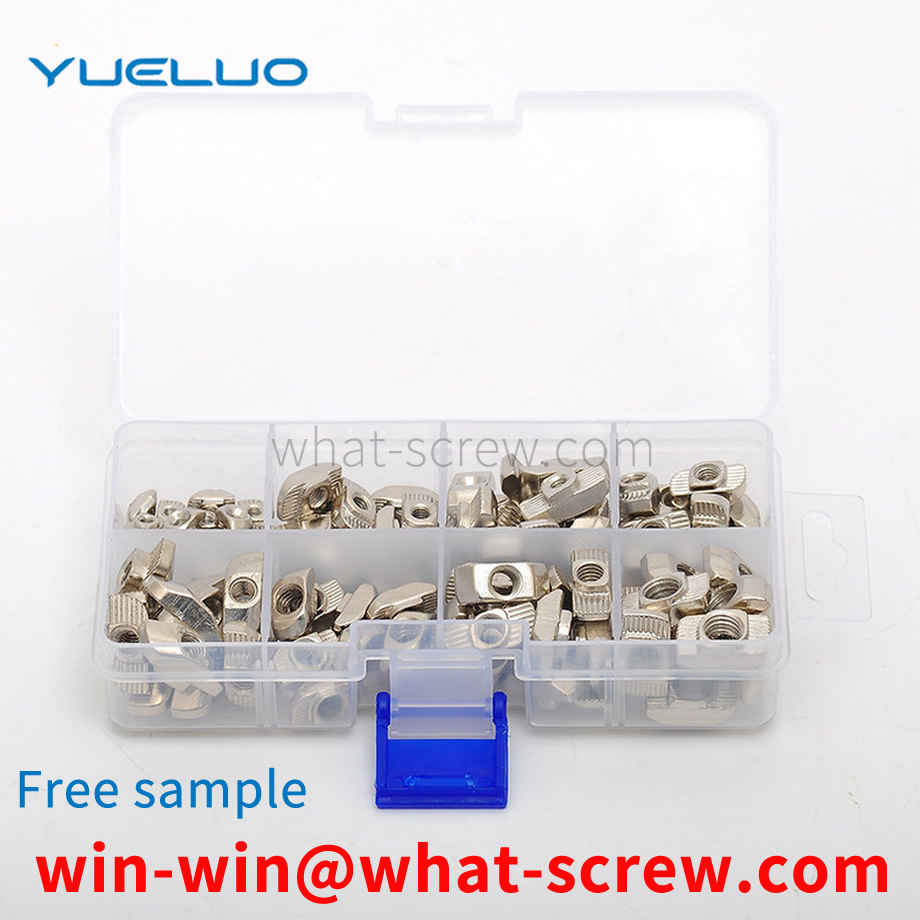
At present, injection molding screws are widely used in various electronic and automotive components, including a body, the middle of which is provided with a through hole 3, the body head 1 has a hexagonal cross-section, and the tail 2 is provided with screw teeth. When in use, the middle through hole 3 of the main body will first put the wire harness, and then fix it by injection molding from the head I, and the threads of the tail 11 should be connected and installed with other components. Because the head I of the main body is hexagonal, the torque provided after injection molding is insufficient. Therefore, after the external thread is installed and connected with other components, the head is prone to slip, the installation is not reliable, and there is no push-pull force, resulting in product failure and increased safety hazards.
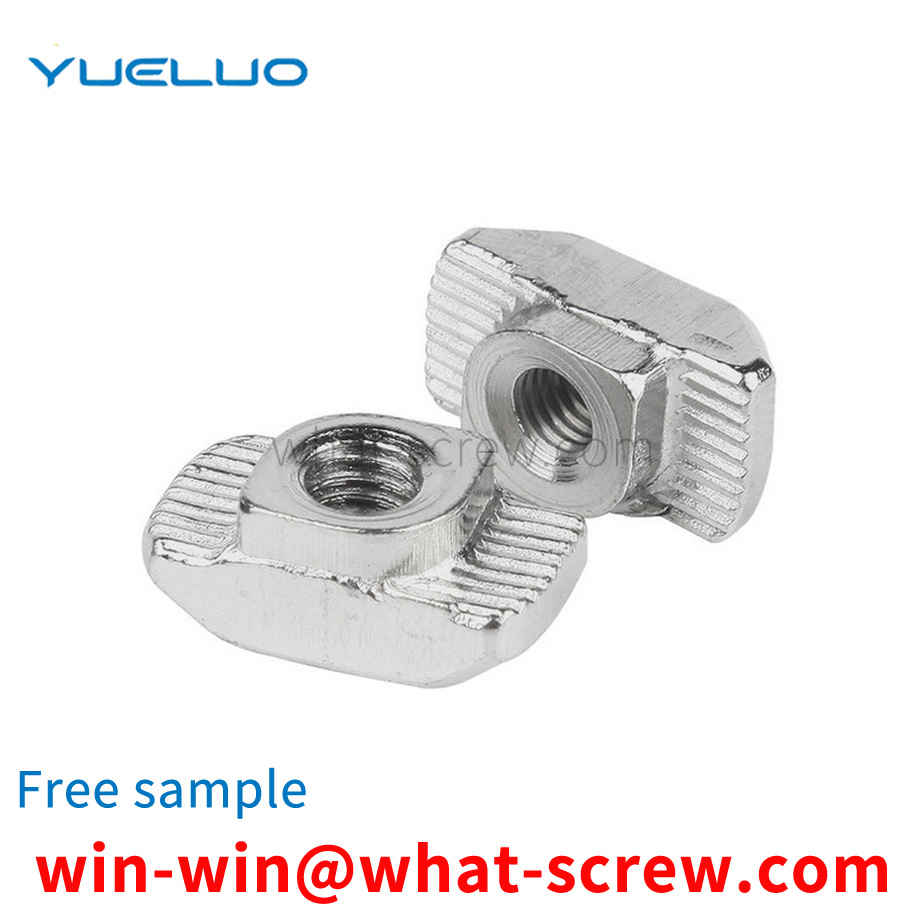
Standardized mechanical parts for fastening connections. Standard fasteners mainly include bolts, studs, screws, set screws, nuts, washers and rivets. There are many structural types of bolts, and most of the heads are hexagonal. For bolts subjected to shock, vibration or variable load, in order to increase flexibility, the polished rod part is made into thin sections or hollows. The seat end of the stud is screwed into the threaded hole of the connected piece, and the nut used at the nut end is similar to the bolt nut. The structure of the screw is basically the same as that of the bolt, but the shape of the head is various to adapt to different assembly spaces, tightening degrees and connection appearances. Set screws have different head and tip shapes to accommodate different levels of tightening. Nuts are also available in a variety of styles, with hexagons being the most widely used.
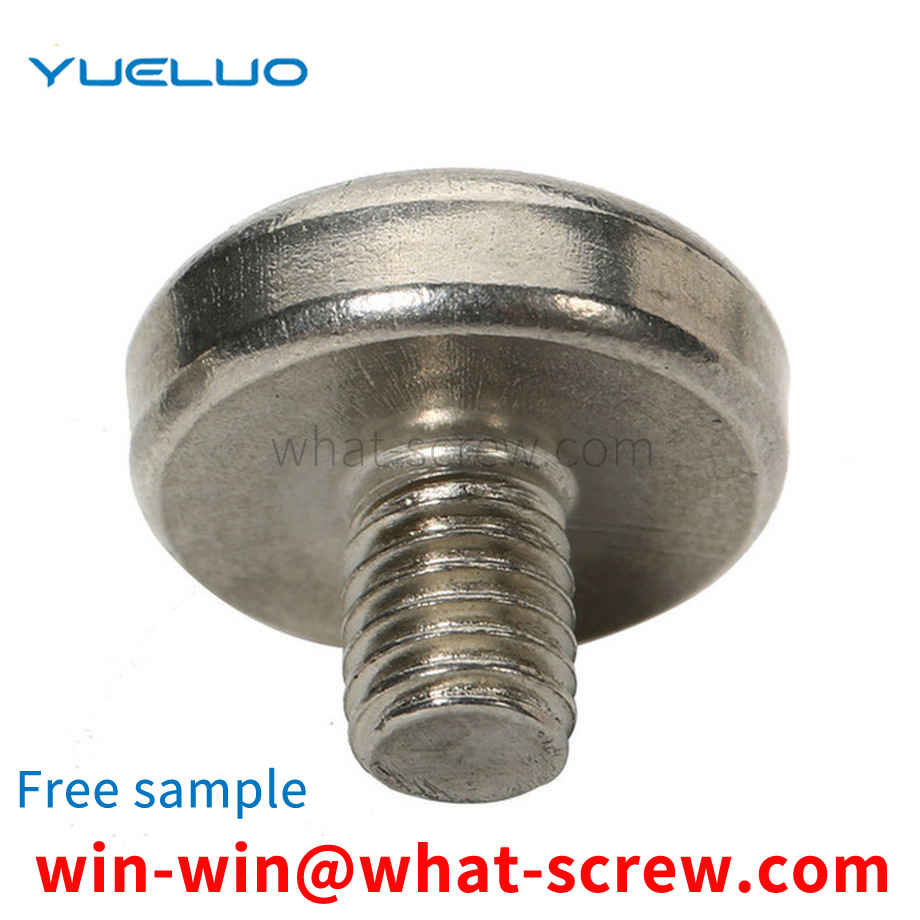
The above content is uploaded by Yueluo or the Internet. If there is any copyright issue, please contact [email protected].

What is the tolerance range of precision screws?

How to choose the right stainless steel screw manufacturer?

Why is there an R angle under the head of the hexagon head s...
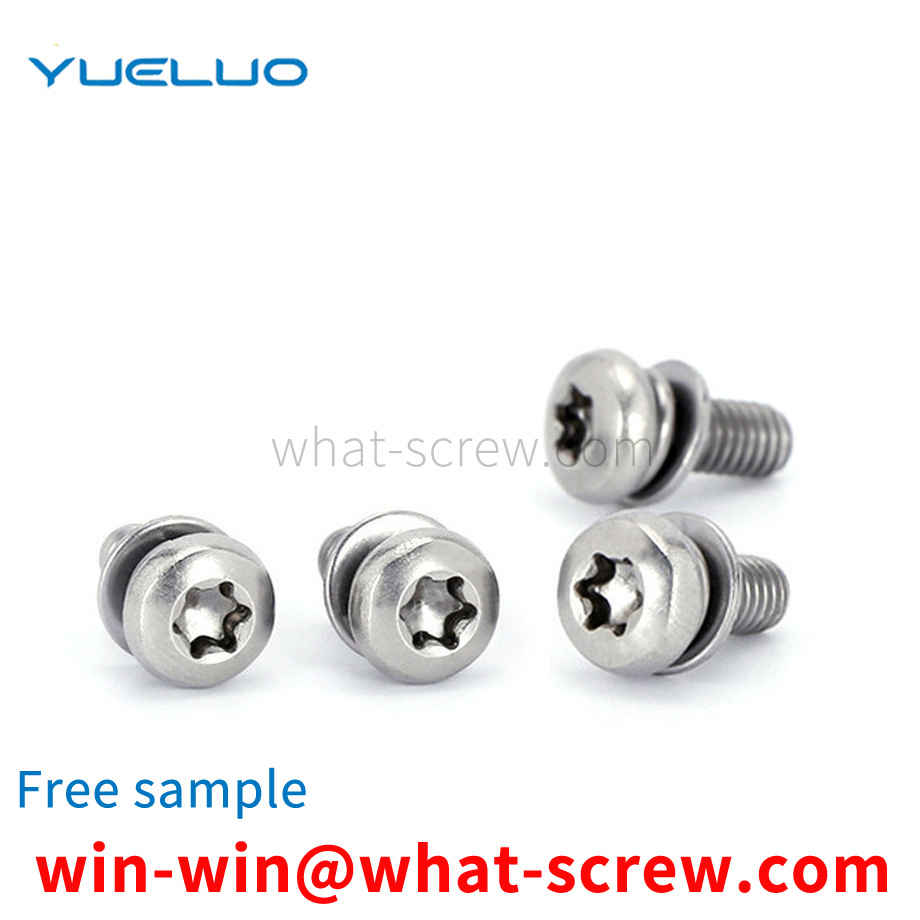
We have more than ten years of production experience in the ...

We have more than ten years of production experience in the ...

We have more than ten years of experience in screw industry ...
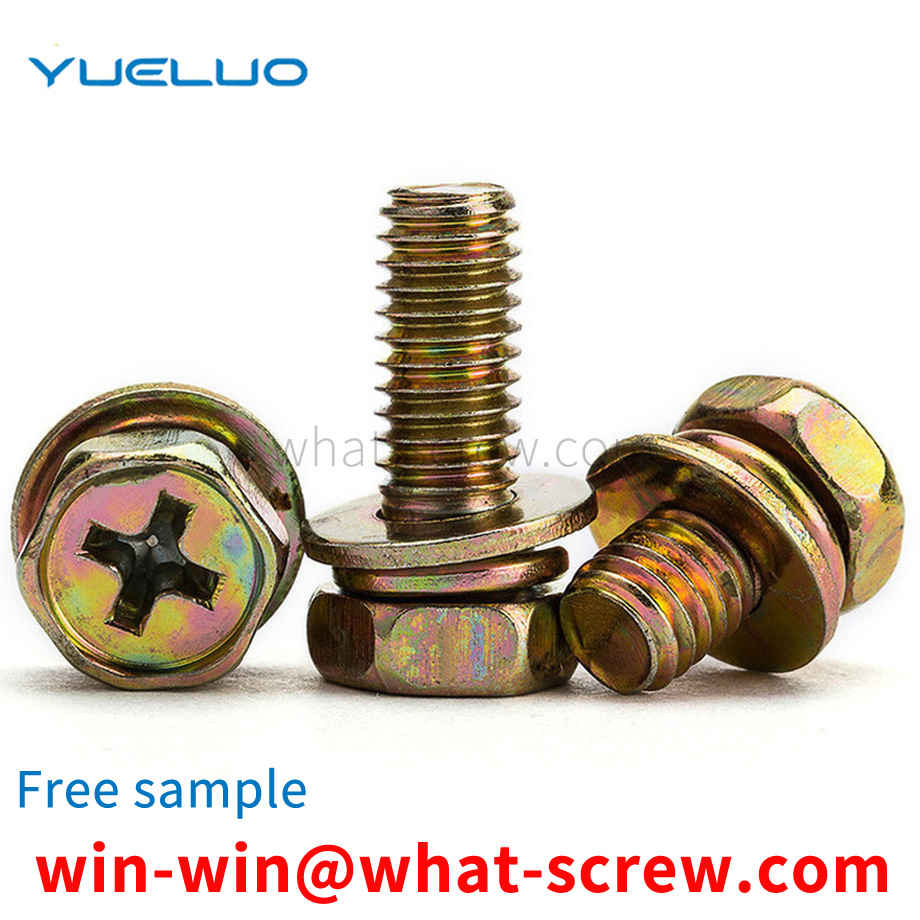
We have more than ten years of production experience in the ...